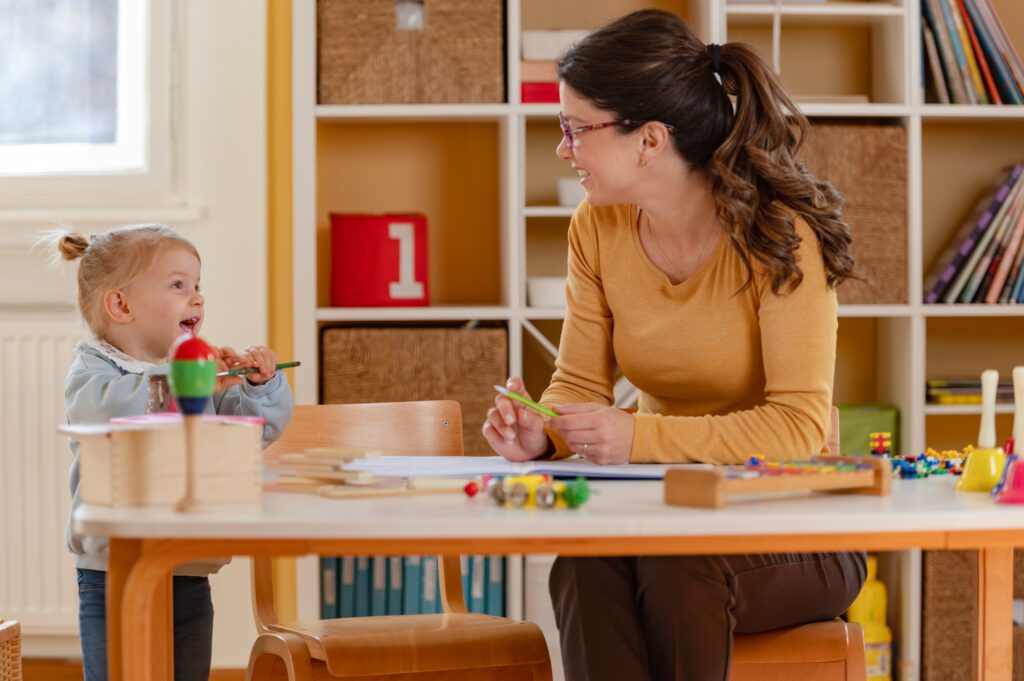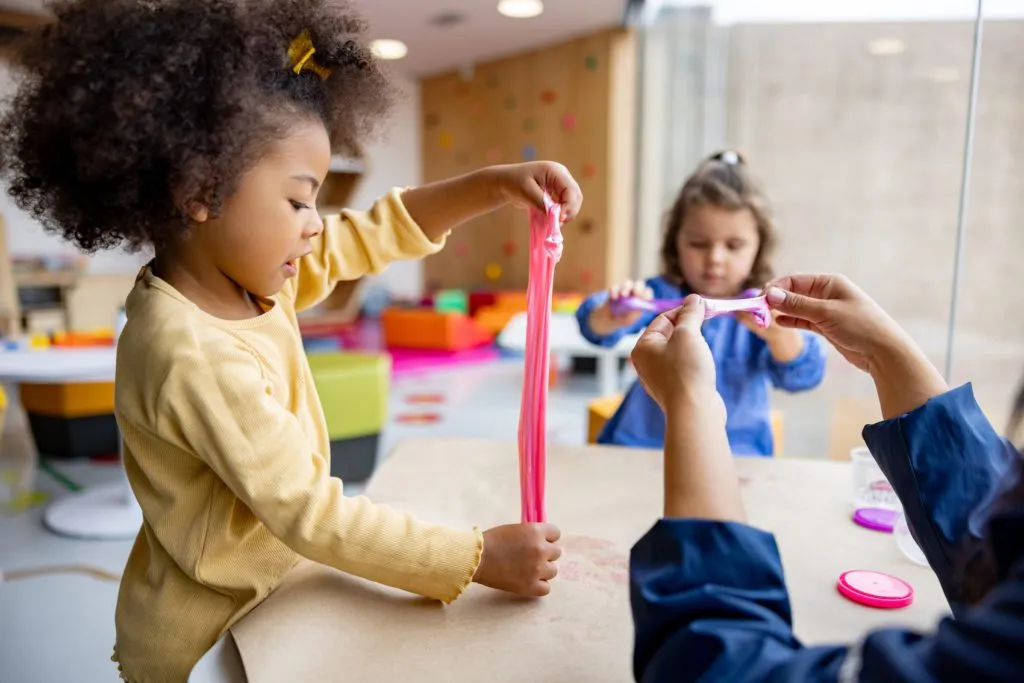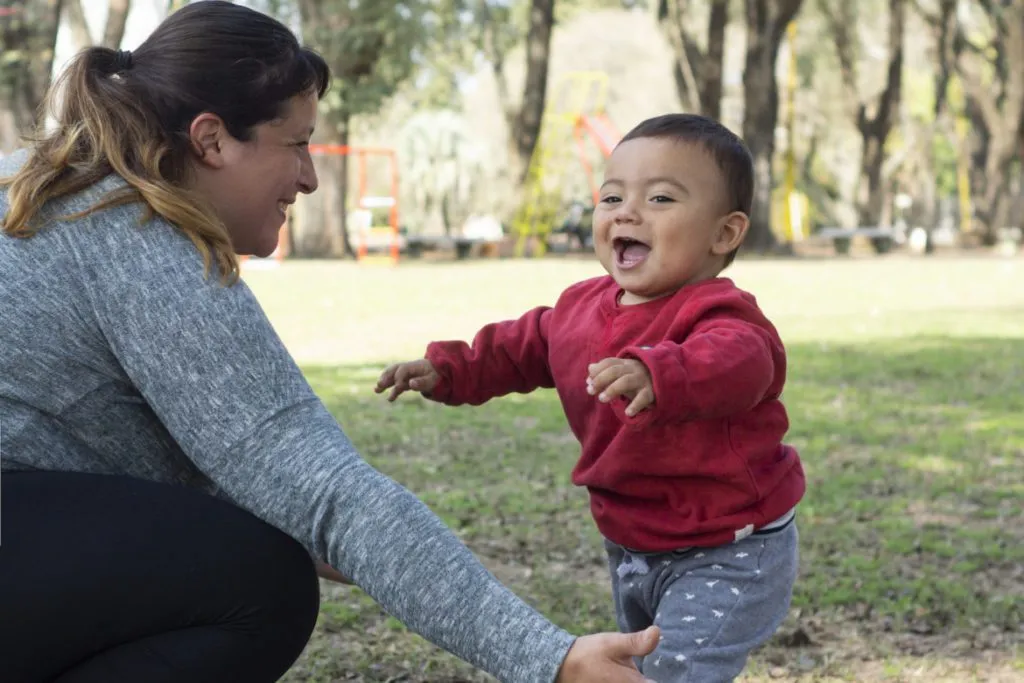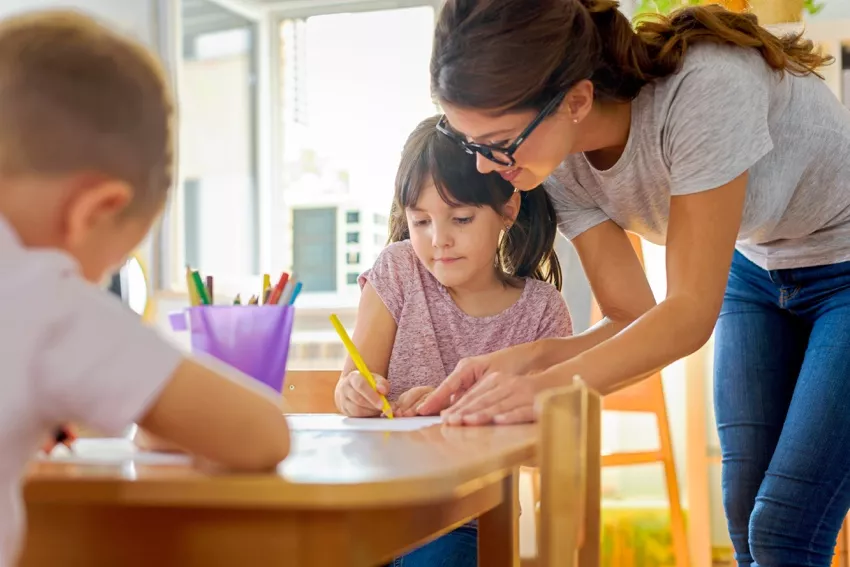How to Collect Rich, Meaningful Documentation in Preschool and Pre-K Classrooms


Fall is a favorite time in early childhood classrooms—routines are set, children’s relationships and learning are blossoming, and fall assessment checkpoints arrive. This can also feel overwhelming, as teachers balance documentation and day-to-day teaching. What if collecting documentation was seen as a core part of your teaching and not an “extra” task?
Why We Collect Assessment Documentation in Preschool & Pre-K
Have you ever felt like documentation is just another checklist item? Stepping back, consider how documenting children’s learning helps you see their progress and informs what you do next. Each piece of documentation you collect as part of the assessment process is information you can use to design learning experiences that scaffold each child’s growth. This is the basis of responsive teaching: understanding each child’s strengths and weaknesses in the moment empowers you to support their individual learning journeys. It’s not about the amount of documentation you have, but how you use it to guide instruction.
The documentation you collect on children’s learning also provides a window into that learning for families. This data provides families with a story of their children’s learning at school, while highlighting their children’s strengths and opportunities for growth. The documentation that you share sends the message that you know their children and are prepared to help them continue to learn and grow.
What Makes Documentation “Rich, Meaningful, and Useful?”
Not all documentation is equal. Teachers should focus on collecting documentation that is rich, meaningful, and useful.
- Rich Documentation: Tells a story of what a child said and did in that moment of time, including context and details that help explain the learning that is evident in the story
- Meaningful Documentation: Is tied to objectives and learning goals
- Useful Documentation: Provides you with information that can be used to make instructional decisions
Many pieces of rich and meaningful documentation can be used for assessing more than one aspect of children’s development and learning because of the detail and context included.
Each piece of documentation should be captured purposefully, with enough detail to contextualize the observation and what it means for a child’s learning.
In all of our examples, we use the Teaching Strategies objectives for development and learning as the sample standards for documentation and assessment. However, the concepts apply no matter which standards or assessment tool you are using.
Let’s look at an example of the difference between a vague piece of documentation and a stronger piece of documentation related to the child’s painting below.

Vague: Ayla described her painting as a picture of a rainbow and a caterpillar (7b, 14a).
Stronger: Ayla described her painting as a caterpillar and a rainbow (7b, 14a). She said it was painted in rainbow order and had six legs and two antennae. She correctly counted two antennae and six legs, pointing to each as she counted (20a, 18c). She wrote her name in marker, using a three-point grip and holding the marker close to the tip (9a).
The second piece of documentation gives much more detail that can be used to document Ayla’s learning and understanding across multiple domains.
Three Teacher Tips for Collecting Strong Documentation
1. Collect documentation across different settings.
It is important to collect documentation across different settings, such as large group, choice time, routines, outdoor time, and transitions, to have a full understanding of a child’s skills and knowledge. Each setting offers a chance to observe the same skills in different contexts, and children may demonstrate deeper knowledge and skills during play than they do during a large-group interaction. Consider the following three settings.
- During outdoor time, you may have the opportunity to observe how children interact with their peers (2c, 2d); solve problems (3b, 11c); and use their traveling (4), balance (5) and gross-motor skills (6). If you listen and watch closely, you may see children demonstrate math skills, such as counting (20a) while playing hide-and-seek, and exploring scientific topics such as insects (25) and weather (27).
- Choice time can be a window into how children engage in sociodramatic play (14b), show creativity and flexibility in their thinking (11e), regulate their emotions (1), engage with adults and other children (2, 3) and use language to express their thoughts and ideas (9, 10). As they are engaged in playful learning, you can also collect observations on many language, literacy, and math skills as well.
- Game-based assessments, such as those offered in GOLDFinch, can provide information about children’s literacy (15, 16, 17, 18), social–emotional (1a, 2b), mathematical (20, 21, 22, 23), and fine-motor (7) skills in an engaging, playful context.
2. Be detailed in your observation notes.
Rich, meaningful, and useful documentation must include details such as the context of what was observed, exact quotes, and the child’s actions. Technology tools can help you collect those rich details without dragging around a pencil and clipboard!
- Capture a short video. Videos are ideal for recording exactly what is happening, so you don’t forget important information regarding the skill the child is demonstrating. You can rewatch the video and add notes to clarify the important components captured in the observation.
- Take a photo of what you are observing and type in what you saw and heard.
- Use voice memos to record an interaction with a child or between children or your narration of what you are observing. Voice memos can be captured on a tablet, phone, or even a small handheld voice recorder. They make a great addition to a photo, allowing you to capture details and exact quotes.
3. Follow children’s lead.
Purposely following children’s lead and taking time to observe them while they are most engaged can result in more useful documentation. When children are motivated and engaged, they are more likely to demonstrate a deeper skill set and knowledge base, as compared to when they are asked to demonstrate a skill for the teacher.
For example, consider what you might learn by observing how a child writes a grocery list for the store during dramatic play, as opposed to asking a child to write words for you. You are able to observe their writing skills (19) and letter-sound knowledge (16) in an authentic manner. Because the child is motivated in their play, they are also more likely to persist (11b) in their activity to achieve their personal goals.
Making Documentation Collection Feel Natural
Documentation of children’s knowledge and skills is part of teaching. By embedding documentation into your daily routines and procedures, it will feel more natural and not seem like one more thing to do. Here are a few tips for making documentation a seamless part of your daily teaching.
- Plan to collect documentation on a few children each day. Create a list of which children you will focus on each day, rotating the settings of those observations. For example, you might decide to observe Greyson during choice time, Seven during outdoor time, and Eleanor and Kai during mealtime and transitions.Chunking observations this way can allow a teacher to be purposeful and intentional while ensuring all children are receiving a balanced number of observations and that those observations are occurring across settings.
- Mix it up! Use a variety of methods to collect your documentation. Photos, quotes, videos, work samples, and quick notes are all ways to capture what children say and do throughout the day. Some may be easier for you to manage during certain settings. Experiment to find what works for you.
- Utilize technology to support your documentation. Game-based assessments and screeners, like those included with GOLDFinch, automatically collect documentation during engaging play. This automation allows the teacher to be more present and interactive with the child or other children in their class.Some assessment tools include built-in technology to make assessment easier. Our SmartTeach platform allows you to easily assess your class using Skill Development Cards, Intentional Teaching Experiences, and Mighty Minutes, while Smart Suggestions streamline assessment by providing recommendations for objectives covered in your written documentation.
Turning Documentation Into Action
Collecting documentation will not impact children’s learning unless you do something with it. It’s important to engage in an ongoing cycle that incorporates what you have observed into your planning and teaching. This can be done by following a simple Observe, Analyze, Evaluate, Respond cycle.
- Observe: Collect documentation of what children are saying and doing.
- Analyze: Review the collected documentation pieces. What does it tell you about what each child knows and is able to do?
- Evaluate: Where is each child on the developmental progression for a specific skill? Are there groups of children who are at the same level?
- Respond: Plan for learning experiences that will help children develop their skills along the progression.
Following the Observe, Analyze, Evaluate, Respond cycle allows you to know children as learners, individualize and scaffold their learning, and share their progress with their families.
Though collecting documentation for children across domains may seem daunting, it is a crucial step of teaching. Planning for purposeful observation and documentation across settings, following children’s leads, and using available tools and technology can help make documentation feel more natural and manageable. Remember to focus on collecting quality pieces of documentation that are meaningful, purposeful, and useful and tell the story of the child’s skills in the moment. Documentation doesn’t have to feel like extra work. With everyday strategies and a bit of planning, it becomes a powerful tool to support every child’s learning journey.

Move beyond measurement.
Inform instruction without disruption by embedding authentic, observation-based assessment into each part of your day with GOLDFinch.


